The sun was setting in a fiery blaze over the campaign trail as Prime Minister Anthony Albanese cradled a voter’s pet dog, his smile radiant with confidence. It was the eve of the federal election in Tasmania, and both sides of the political divide were preparing for what promised to be an epic showdown.
Albanese, with his partner Jodie Haydon by his side, embarked on a whirlwind tour of key battleground seats across Australia. His aim? To secure not just a victory but a majority government – a feat that has eluded many in recent political history.
As he held onto hope, Albanese faced stiff competition from Peter Dutton, who was determined to upset the status quo and tip the scales in favor of the Coalition. The stage was set for a nail-biting finish as both leaders made their final pleas to undecided voters in a bid to sway their allegiance.
On the Brink of History
“Anthony Albanese is on the cusp of winning a second term but hopes of retaining majority government hang on a knife-edge,” whispered insiders privy to the Labor camp’s inner workings. The power play between Labor and Coalition was reaching its climax, with each vying for supremacy in this high-stakes game of politics.
The published national opinion polls painted a picture of Labor inching towards governmental control. However, party strategists cautioned that securing a 76-seat majority would require navigating treacherous electoral waters fraught with potential losses.
Dutton remained unfazed by the odds stacked against him, drawing inspiration from past political upsets like Scott Morrison’s unexpected triumph in 2019. Yet, whispers within Coalition circles hinted at tempered expectations, acknowledging that forcing Labor into minority rule might be their best-case scenario amidst turbulent campaign winds.
The Final Showdown
The tension crackled in the air as Albanese and Dutton engaged in their last-minute charm offensive towards undecided voters. Albanese’s eleventh-hour visit to Dutton’s own electorate underscored Labor’s bold belief that victory could be snatched from even seemingly impregnable bastions.
With nearly 40% of ballots already cast before sunrise on election day—a record-breaking figure—the fate of Australia hung delicately in balance. “We still have a mountain to climb,” admitted Albanese solemnly as he rallied supporters behind his vision for an Australia built on promises of health, housing reforms, and easing student debt burdens.
Meanwhile, Dutton crisscrossed Adelaide and Perth exuding confidence reminiscent of past electoral surprises. “There will be some big surprises on election night,” he predicted cryptically; shades of anticipation coloring his every word.
A House Divided
Amidst whispers and speculations swirling around possible outcomes post-election night—whether it would herald continuity or usher forth change—a sense of apprehension pervaded both camps. The specter of electoral backlash loomed large over outer suburban and regional heartlands where cost-of-living concerns simmered beneath placid surfaces.
Labor braced itself for potential losses while eyeing strategic gains needed to chart its course towards governance once more. The party honed its focus on key targets—from Brisbane to Melbourne and Tasmania—each seat an essential piece in solving the intricate puzzle leading back to power corridors.
Expert analysis indicated that neither side could afford complacency; every vote counted towards shaping Australia’s future trajectory under either incumbent leadership or new stewardship marked by fresh perspectives.
As polling stations prepared to welcome throngs eager to cast their votes—a sacred ritual embodying democratic principles—the nation held its breath awaiting dawn when electoral destiny would reveal itself with unprecedented clarity.


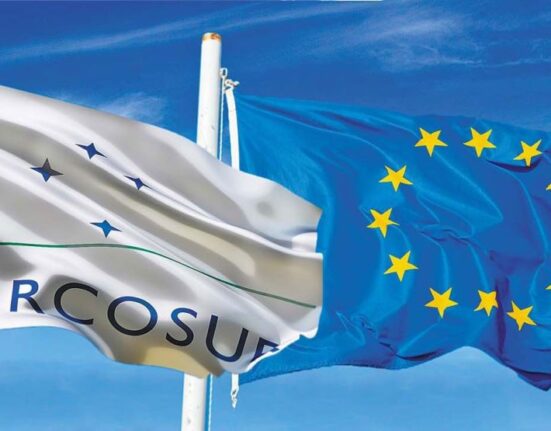
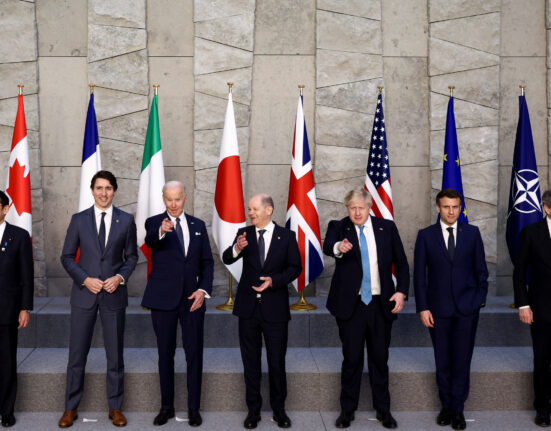
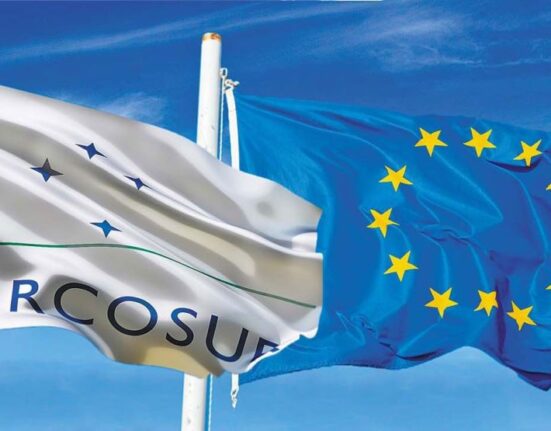
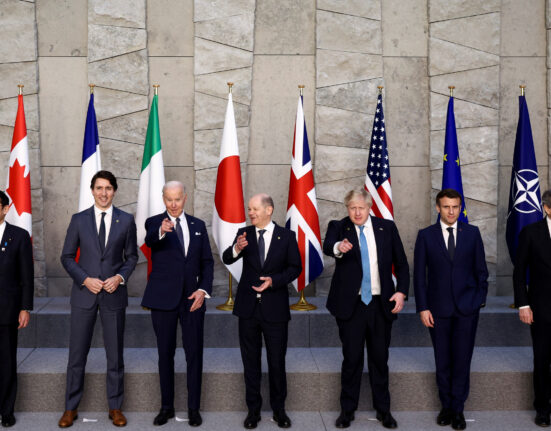
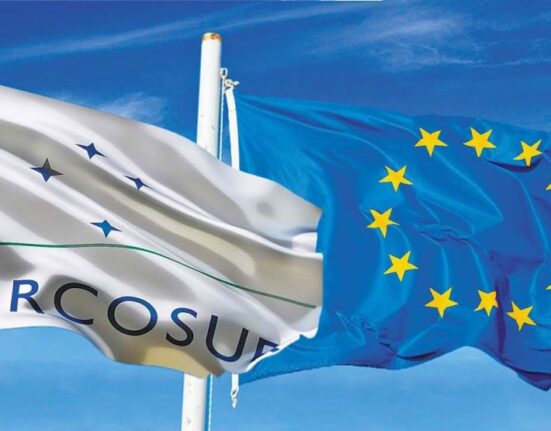
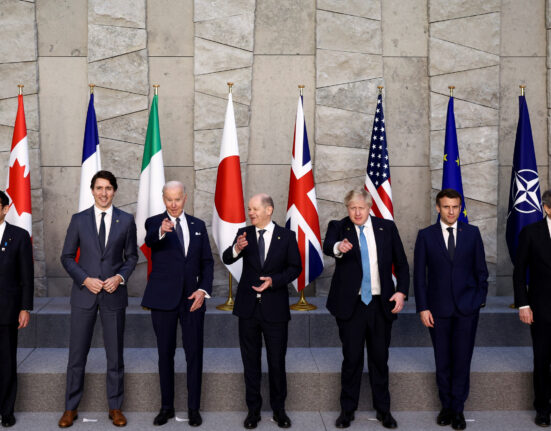
Leave feedback about this